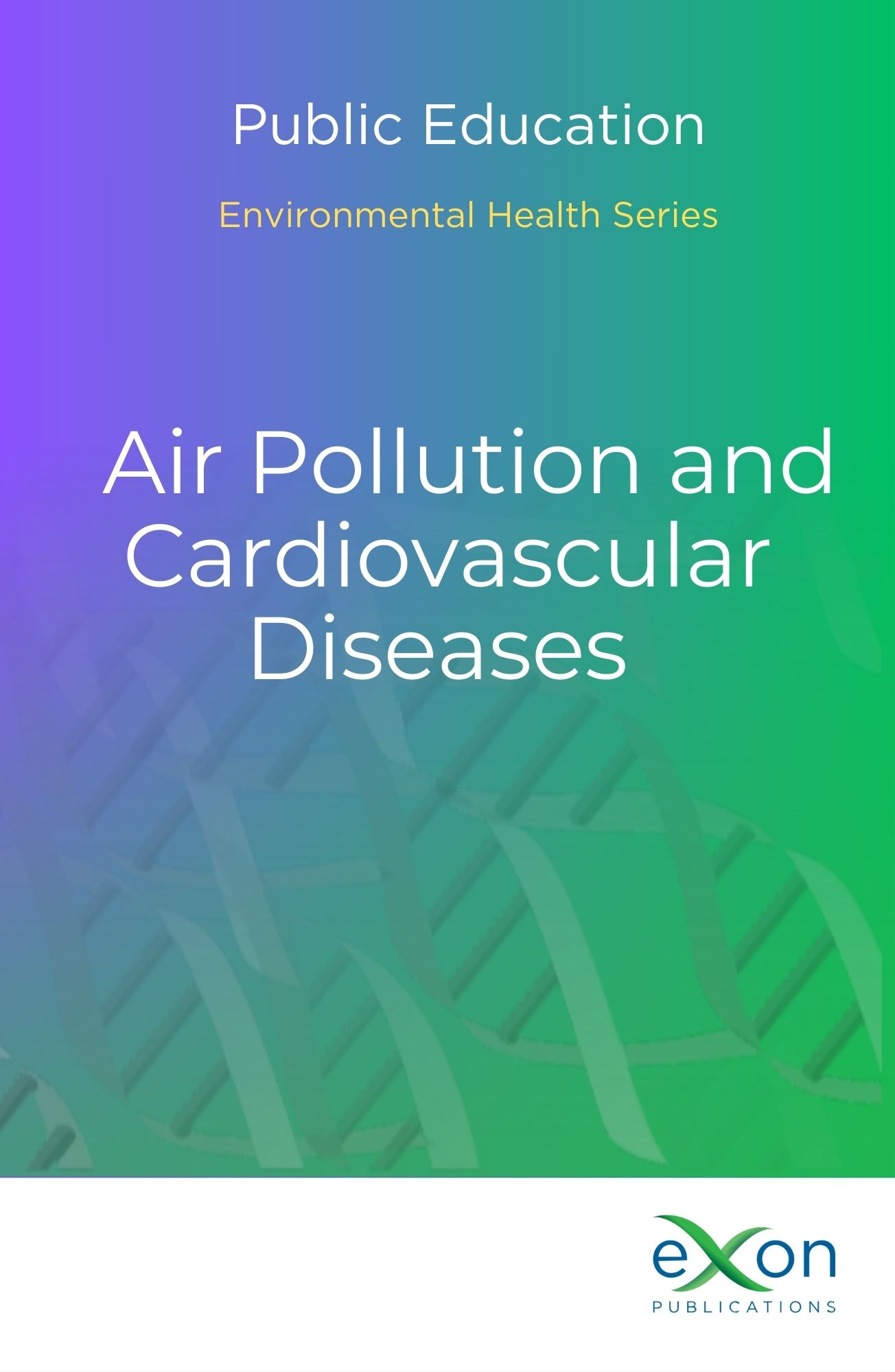Air Pollution and Cardiovascular Diseases: Education for the Public Exploring how exposure to pollutants like PM2.5 and nitrogen dioxide increases the risk of heart attacks and strokes
Main Article Content
Abstract
Air pollution is a serious environmental and public health issue that poses significant risks to cardiovascular health. Research has established a strong link between exposure to polluted air and an increased risk of cardiovascular diseases, including heart attacks, strokes, high blood pressure, and heart failure. Air pollutants such as particulate matter (PM2.5), nitrogen dioxide (NO₂), and ground-level ozone (O₃) can penetrate the respiratory system, enter the bloodstream, and cause inflammation, oxidative stress, and blood vessel damage. Long-term exposure to air pollution can result in chronic cardiovascular conditions, while short-term exposure can trigger sudden cardiac events. Vulnerable groups, such as older adults, children, and individuals with pre-existing heart conditions, are at higher risk of cardiovascular complications from air pollution. This article explores the relationship between air pollution and cardiovascular diseases, focusing on sources of pollution, how pollutants affect cardiovascular health, and steps that can be taken to reduce exposure.
Downloads
Metrics
Article Details

This work is licensed under a Creative Commons Attribution-NonCommercial-NoDerivatives 4.0 International License.

